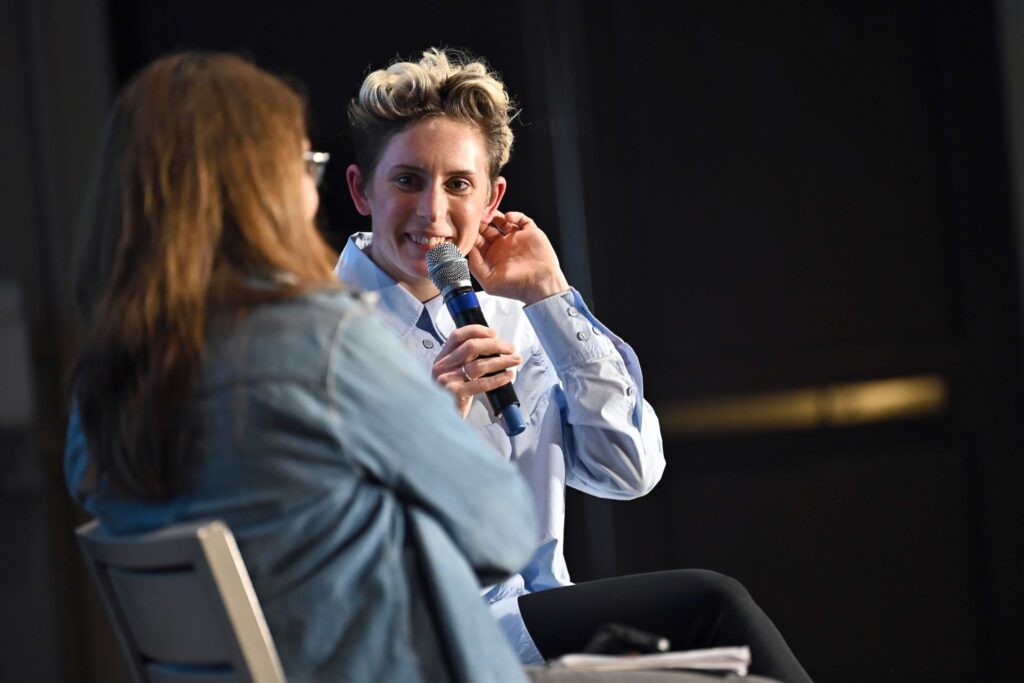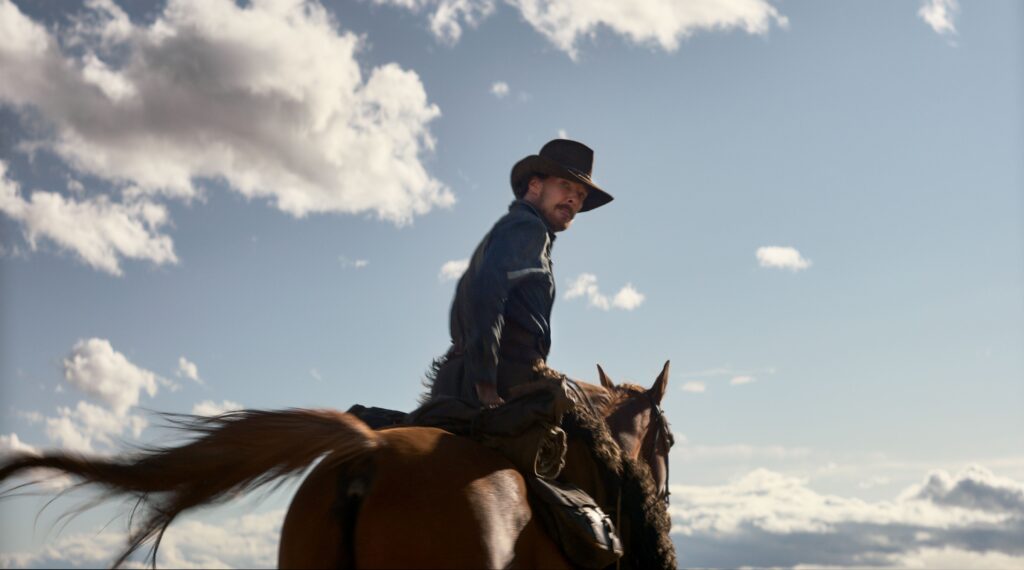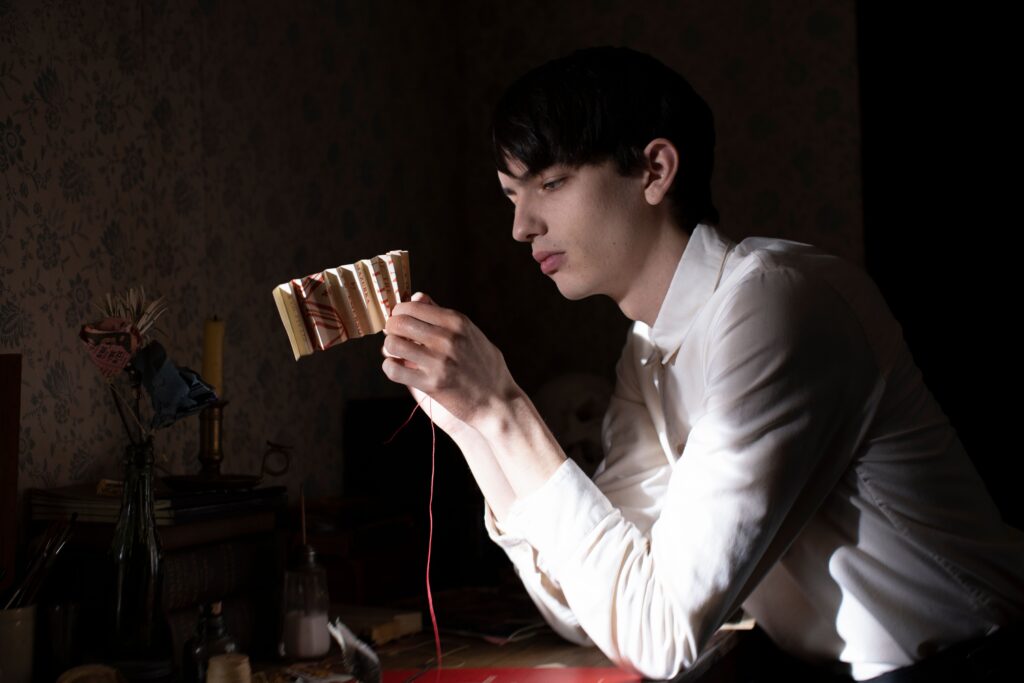A Conversation with Cinematographer Ari Wegner
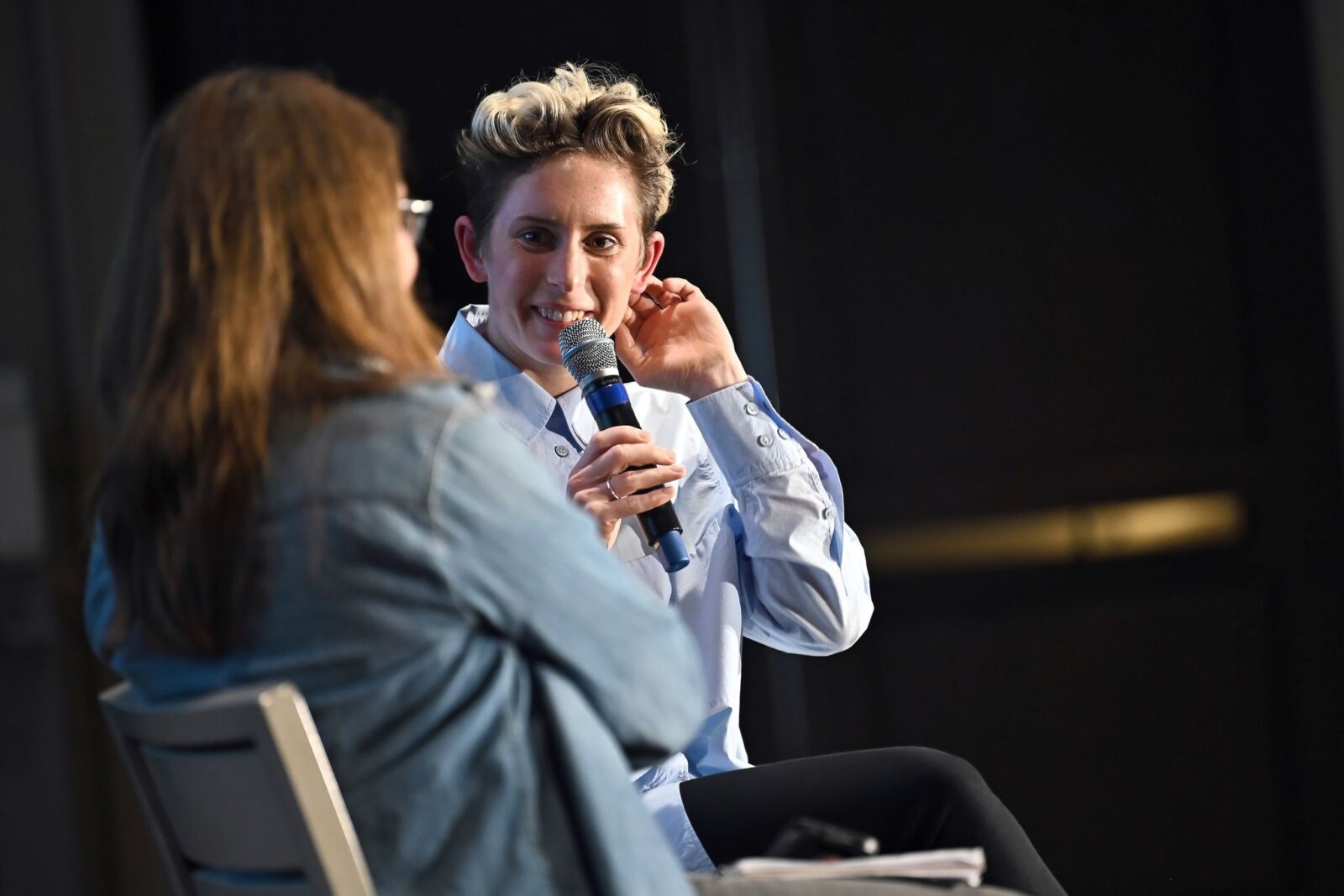
A Conversation with Cinematographer Ari Wegner
Written by Kaitlin Hill
What do Lady Macbeth, a trending Twitter stripper saga, and a rancher from 1925 Montana have in common? The answer is Australian-born cinematographer Ari Wegner’s talent for translating stories to screen. At just 37, Wegner’s resume is already impressive. She’s an Australian Academy of Cinema and Television Arts Award Nominee (2016), British Independent Film Awards Winner (2017), and Toronto International Film Festival Artisan Award Winner (2021). During her first visit to the Middleburg Film Festival, Wegner presented her film “The Power of the Dog” and took home the well-deserved award for Distinguished Cinematography. Starting behind-the-scenes to the big screen reveal, Wegner shares her process for producing stunning films and how she and director Jane Campion bring “The Power of the Dog” to life.

Ari Wegner at MFF. Photo by Shannon Finney
When asked how she picks projects as different as “The Power of the Dog” (2021), a moody Western with a dark secret, and “Zola” (2020) a stripper’s story that starts in a Detroit Hooter’s and unravels over Twitter, Wegner says, “It’s really the combination of the director and the script … it’s a kind of alchemy or synchronicity of those two. Once I read the script and decide that it looks interesting, I’ll meet the director and see if there is chemistry.”
For “The Power of the Dog,” Wegner paired up with writer and director Jane Campion to adapt the 1967 Thomas Savage novel of the same name. Before learning the lighting of the landscape, framing the shots, and curating the color palette, Wegner starts new projects with a deep understanding of the director she is working with.
“I love working with directors and really getting to know them,” Wegner says. “You find out how they see the world, what’s important to them, what interests them, how detail-oriented they are, and what details they will fixate on … I love to use that pre-production time to get to know [a director], and then be able to create a shot that, hopefully, they are going to love based on what I know about them.”
In getting to know Campion, Wegner discovered a common interest in art and artists like American realist painter Andrew Wyeth. “Jane has a fine arts background, and my father is a visual artist,” Wegner says. “So, we both had a pretty good common language in art. And usually, one of the first things I do when I start a new project is look at art. It really is a color palette. Or look at the minimalism of Wyeth’s work, I really love that. There is a real simplicity and minimalism of people in rooms or people in nature.”
Part-drama, part-romance, all-Western, “The Power of the Dog” starring Benedict Cumberbatch, Kirsten Dunst, Jesse Plemons, and Kodi Smit-McPhee, tells the story of the Burbank Brothers and a twisted year of manipulation, intimidation, and gritty ranch work that takes place in the shadow of a menacing mountain which could fairly be considered an additional main character.
Avoiding any spoilers, as relationships shift and minds unravel, Wegner shapes the story with captivatingly simple shots and obvious influence from Wyeth. Transitions take place through open windows with unobstructed views of the imposing mountain in the distance. And empty rooms minimally laid with color schemes seemingly straight from Wyeth’s brush increase the feeling of isolation, so crucial to the film.
“We knew that we wanted to have a really restricted color palette … and Wyeth’s work really captured it,” Wegner says. “There is something in the atmosphere of his work that I like, the feel, the loneliness, or desperation. [His work] doesn’t romanticize the places. There is some kind of unease in his work that is hard to define.”
More than nailing this color palette, for Wegner transporting audiences to 1925 Montana and creating believable characters was about understanding the landscape, thus creating a set that felt “lived in.” “The landscape, in this film, in particular, is more than just a setting because the characters, especially Phil, have such a strong emotional connection to the place,” Wegner says.
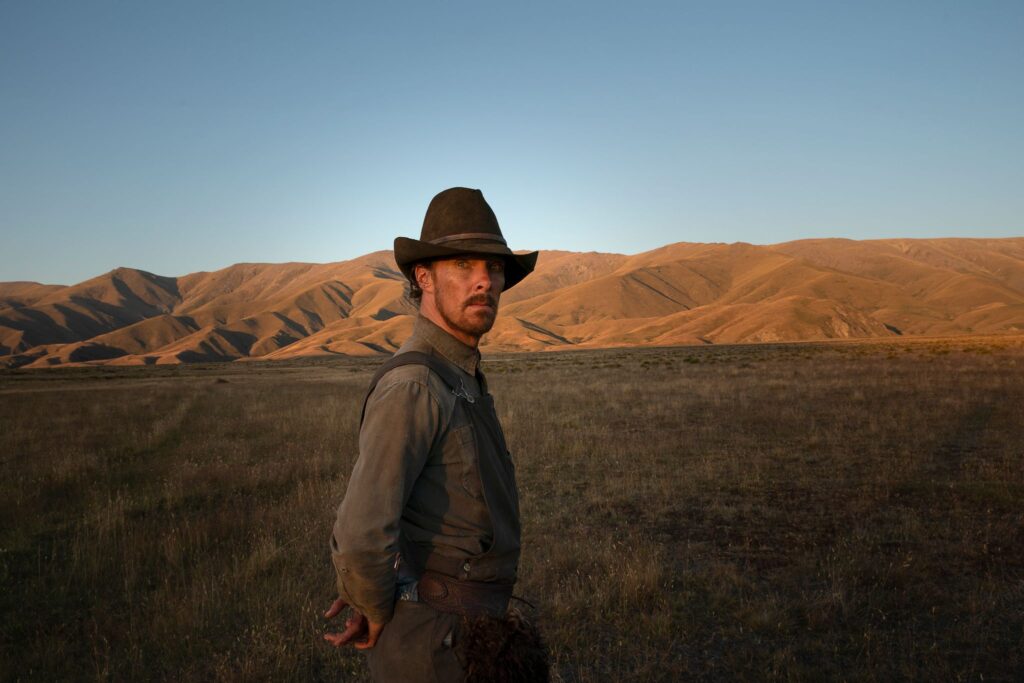
For Phil Burbank, the film’s lead played by Benedict Cumberbatch, the sprawling family is part of his personality. “We wanted [the landscape] to be beautiful, striking, and hopefully, iconic,” Wegner says. “And we were also really interested in tiny things that make up a place – whether it is a micro shot of the grass or a big wide shot of the house with the mountain behind it.”
Beyond character and narrative development, Wegner’s blend of minuscule detail and big picture shots results in an audience experience that is immersive, captivating, and almost unnervingly real. This feat is particularly impressive, given the convincingly classic Americana Western was filmed in New Zealand. “Obviously, not all of New Zealand looks like Montana … It took some planning to make it convincing,” Wegner says, joking. “We did a lot of research and looked at photos of the landscape. I actually did a lot of driving around on Google Maps, just clicking along the road to see if this feels like New Zealand.”
In addition to pre-production research, onset framing was essential too. “We definitely needed to choose angles that worked,” Wegner says. And where others might lean on green or blue screens, Wegner took a different approach aimed at achieving authenticity. “We actually ended up printing these billboard-sized backdrops of photos that we shot on location. We printed them, stretched them out, and had them in the studio.” Filming with the printed backdrops, “allowed me to be riskier with my work because I knew what the final [look] was, versus having to be a bit safe because I couldn’t visualize what was going on outside the windows,” Wegner says. “That was something that started as a challenge, but ended up being incredibly satisfying and also just a super cool optical illusion.”
Perhaps optical illusionist is a better job title for Wegner, as her work on “The Power of the Dog” is nothing short of true movie magic. She pairs her razor-sharp vision with a willingness to let a film “reveal itself,” resulting in immersive viewing experiences that stay with her audiences and almost implore them to watch her films a second, if not third or fourth time.
“I think I can adapt to any style because I can break down the elements of something and pull them apart … but the really interesting part for me is knowing what image I want to create and then to create it,” she says. “I start to plan and then it starts to reveal itself even as I am shooting it.”
Though her next project is yet unknown, her success at the Middleburg Film Festival with “The Power of the Dog” (available to stream on Netflix starting December 1, 2021), it is a safe bet that Wegner’s talent will only continue to “reveal itself” and she is certainly a cinematographer worth watching. ML
This article first appeared in the November 2021 Issue.


